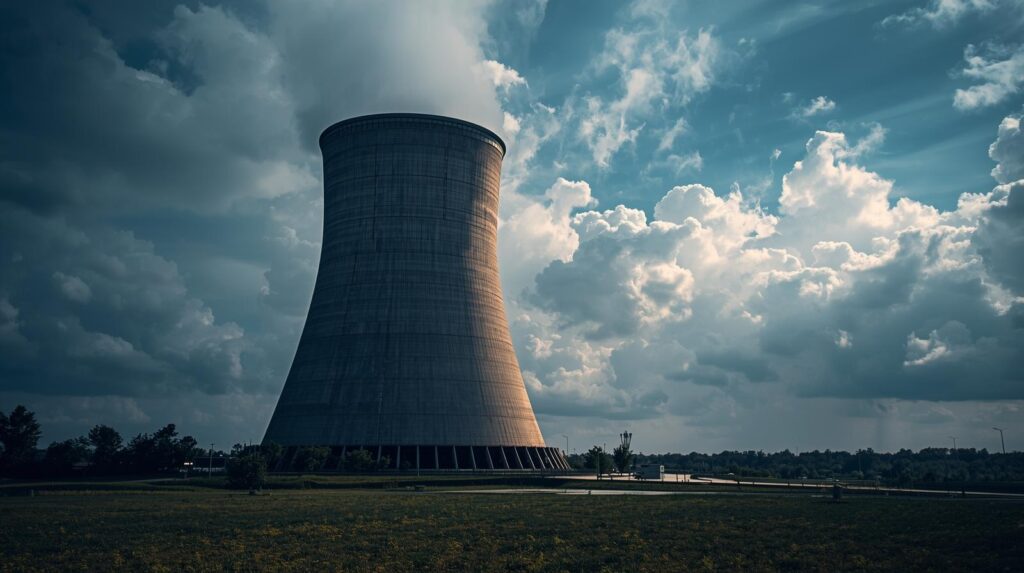The Future of Energy: Nuclear Fusion Explained
In an era where the quest for sustainable and clean energy solutions is more pressing than ever, nuclear fusion emerges as a beacon of hope. This revolutionary technology promises to provide virtually limitless energy while minimizing environmental impact. But what exactly is nuclear fusion, and how close are we to harnessing it as a viable energy source?
Nuclear fusion is the process that powers the sun and stars. It involves combining light atomic nuclei to form a heavier nucleus, releasing an immense amount of energy in the process. Unlike nuclear fission, which involves splitting heavy atomic nuclei and is used in current nuclear power plants, fusion produces minimal radioactive waste and is inherently safe.
The Science Behind Fusion
At the core of nuclear fusion is the concept of fusing hydrogen isotopes, such as deuterium and tritium, under extreme temperatures and pressures. When these isotopes collide at high speed, they overcome their natural repulsion and merge, releasing energy due to mass-to-energy conversion, as described by Einstein’s famous equation, E=mc².
Why Fusion Matters
The appeal of nuclear fusion lies in its potential to provide clean, safe, and virtually limitless energy. Fusion reactions produce no carbon emissions, offering a significant advantage over fossil fuels in combating climate change. Moreover, the primary fuels for fusion, deuterium and tritium, are abundant and widely available, making fusion a sustainable long-term energy solution.
The Journey Toward Practical Fusion Power
While the concept of nuclear fusion is scientifically sound, transforming it into a practical energy source has been a formidable challenge. Despite the hurdles, significant progress has been made, and several ambitious projects are paving the way toward achieving practical fusion power.
Key Fusion Projects and Developments
ITER: A Global Endeavor
The International Thermonuclear Experimental Reactor (ITER) is one of the most significant fusion projects in the world, involving 35 countries. Located in France, ITER aims to demonstrate the feasibility of fusion as a large-scale and carbon-free energy source. The project seeks to achieve a self-sustaining fusion reaction, a critical milestone toward practical fusion power.
Advancements in Magnetic Confinement
One of the primary challenges in achieving nuclear fusion is containing the high-temperature plasma where fusion occurs. Magnetic confinement, using devices like tokamaks and stellarators, is a leading approach. Recent advancements in superconducting magnets and plasma stabilization have brought us closer to maintaining the conditions necessary for sustained fusion reactions.
Private Sector Innovations
The private sector is also playing a crucial role in fusion research. Companies like TAE Technologies, Commonwealth Fusion Systems, and Helion Energy are making significant strides in developing compact and efficient fusion reactors. These initiatives reflect a growing recognition of fusion’s potential to revolutionize the energy landscape.
Challenges and Roadblocks
Despite the optimism surrounding nuclear fusion, several challenges remain. Achieving and maintaining the extreme conditions required for fusion reactions is technically demanding and energy-intensive. Additionally, the economic viability of fusion energy must be established to make it a competitive alternative to existing energy sources.
Technical Challenges
Creating and sustaining the high temperatures and pressures needed for fusion is one of the most significant technical hurdles. The plasma must be heated to millions of degrees Celsius, and maintaining its stability within a reactor is a complex task. Innovations in magnetic confinement and laser-based inertial confinement are crucial to overcoming these barriers.
Economic Considerations
For nuclear fusion to become a mainstream energy solution, it must be economically viable. The initial costs of building fusion reactors are high, and achieving cost-competitive energy production is essential. Continued investment in research and development, along with public-private partnerships, will be vital in driving down costs and accelerating commercialization.

The Future of Fusion and Its Impact on Industries
As we advance toward realizing nuclear fusion as a practical energy source, its implications for various industries are profound. Fusion has the potential to transform energy generation, reduce carbon footprints, and foster sustainable economic growth.
Energy Sector Transformation
The energy sector stands to benefit immensely from the advent of fusion power. With its ability to provide reliable and clean energy, fusion could complement renewable sources like solar and wind, ensuring a stable energy supply regardless of weather conditions. This shift could lead to a significant reduction in greenhouse gas emissions and a move toward a more sustainable energy ecosystem.
Innovations in Technology and Industry
The pursuit of nuclear fusion is driving innovation across multiple fields, from materials science to advanced computing. The technological breakthroughs achieved in fusion research could have far-reaching applications in other industries, spurring new opportunities for growth and development.
Strategic Implications for Business Leaders
For business leaders, staying informed about fusion developments is crucial. The transition to fusion-based energy systems will require strategic planning and adaptation to new technologies. Companies that embrace fusion and integrate it into their operations stand to gain a competitive edge in the evolving energy landscape.
Conclusion: A Bright Horizon for Fusion Energy
Nuclear fusion holds the promise of a cleaner and more sustainable energy future. While challenges remain, the progress made in recent years is encouraging. As research continues and technological innovations advance, fusion energy inches closer to becoming a reality.
For industry leaders and innovators, understanding the trajectory of nuclear fusion is essential. By aligning business strategies with emerging energy technologies, organizations can position themselves for success in a future defined by clean and abundant energy. As we look to the horizon, nuclear fusion represents not just a technological breakthrough, but a paradigm shift in how we power our world.




